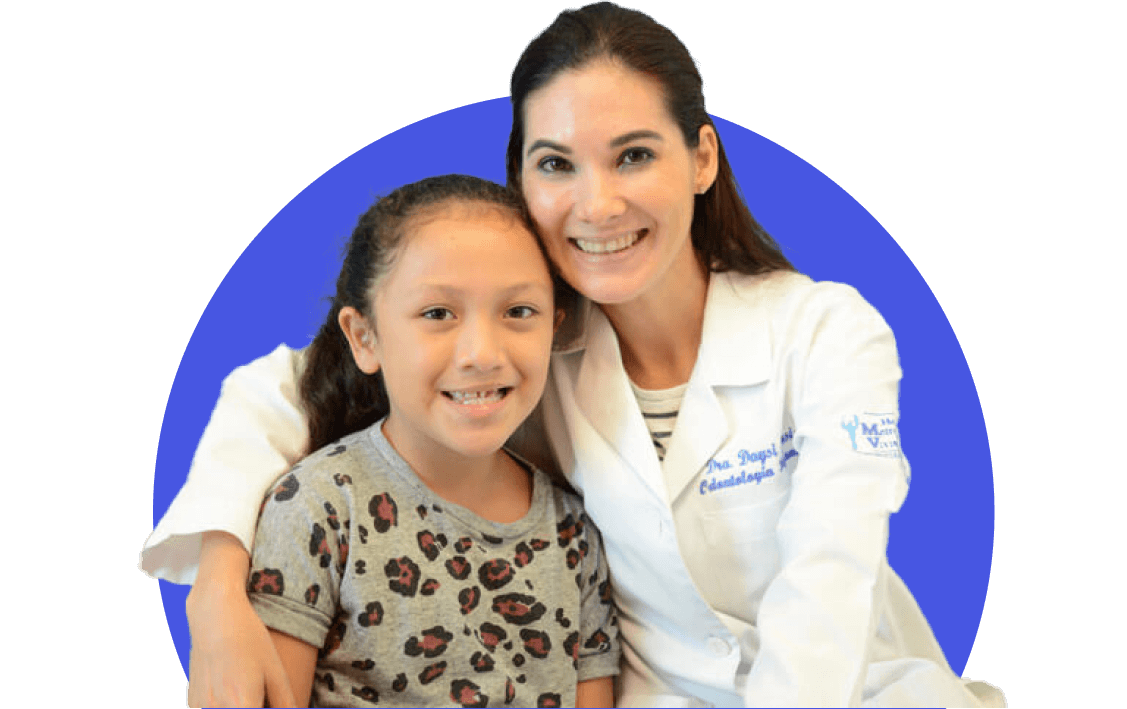- Cleft Home
- What is Cleft Lip and/or Palate?
- Prenatal Diagnosis
- Feeding Your Baby
- What is a Cleft Team?
- Surgery
- Hearing, Speech, and Dental Care
- Paying for Treatment
- Managing Feelings
- Craniofacial Conditions
- Toddlers and Preschoolers
- The School-Aged Years
- The Teenage Years
- Letter to a Teacher
- Information for Adults
- Support Organizations
- Learn More: Downloads
- Cleft Home
- What is Cleft Lip and/or Palate?
- Prenatal Diagnosis
- Feeding Your Baby
- What is a Cleft Team?
- Surgery
- Hearing, Speech, and Dental Care
- Paying for Treatment
- Managing Feelings
- Craniofacial Conditions
- Toddlers and Preschoolers
- The School-Aged Years
- The Teenage Years
- Letter to a Teacher
- Information for Adults
- Support Organizations
- Learn More: Downloads
What information can I learn prenatally?
In recent years, it has become common for expectant parents in the US to learn of a cleft diagnosis during pregnancy. An ultrasound, also called a sonogram, is a scan that can detect a cleft lip as early as the 20th week of pregnancy. Sometimes a cleft in the gumline can also be detected via ultrasound at that time.
While a cleft lip is usually visible using ultrasound, a cleft palate is more difficult to detect using this technology, even at the 20th week of gestation. Recent research shows that magnetic resonance imaging (MRI) can detect cleft palate more accurately than ultrasound. Large hospitals and university medical centers are good resources for the most advanced technology and expertise.
Will my baby have birth differences beyond CLP?
Cleft lip and/or palate can occur alone, called isolated, or along with other birth differences, as part of a syndrome or another craniofacial condition. Of all babies born with cleft lip and palate, ten to 15% are diagnosed with additional differences, with the risk likely being slightly higher for babies born with cleft palate only. Your doctors can gather more information during pregnancy and after birth to help you learn more.
Read the ACPA Prenatal Diagnosis booklet
Read the ACPA Your Baby’s First Year booklet



